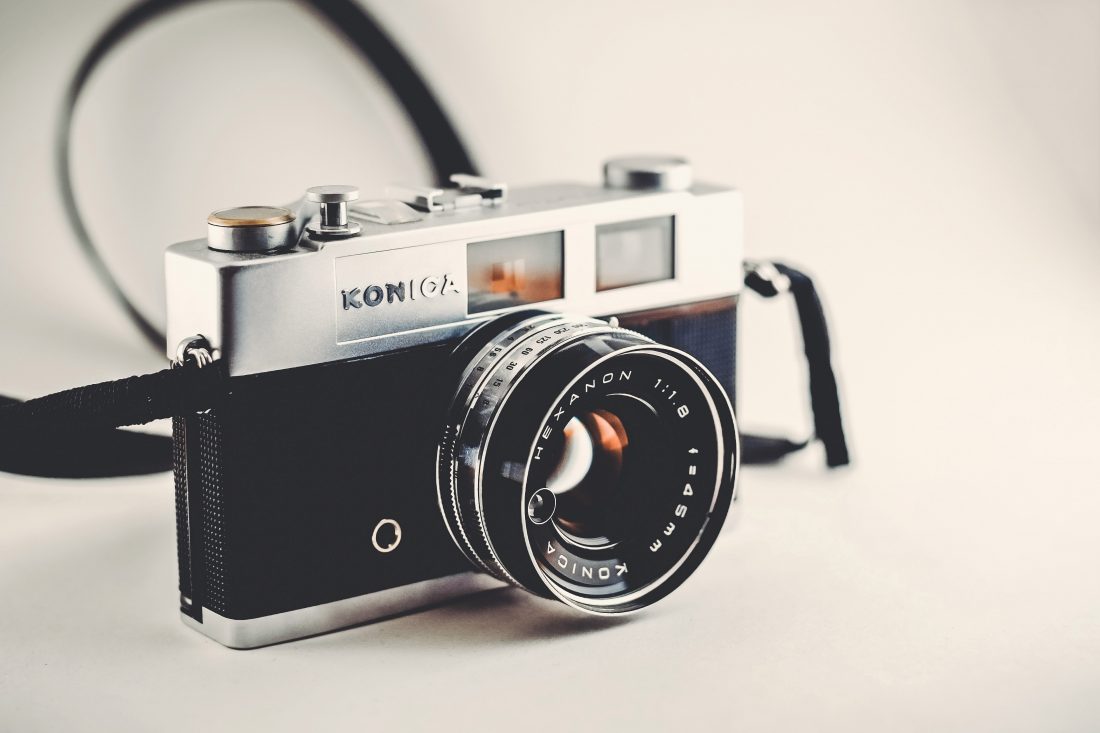
Olympus D-300L Digital Camera: A Revolutionary Device for Photography Enthusiasts
Are you passionate about photography and eager to explore the world of digital imaging? Look no further than the Olympus D-300L digital camera. In this blog post, we will introduce and explain the features of this groundbreaking equipment, discussing its specifications, release date, and the impact it had on the photography industry.
What is the Olympus D-300L Digital Camera?
The Olympus D-300L, released in 1996, was one of the pioneering digital cameras that changed the way we capture and share images. This compact and lightweight device combined advanced technology with user-friendly features, making it accessible to both amateurs and professionals.
This camera boasted a 1.4-megapixel CCD sensor, which was a significant improvement compared to previous models. It allowed users to capture high-resolution images with vibrant colors and details. Additionally, the D-300L featured a built-in lens system, eliminating the need for interchangeable lenses, making it even more convenient for everyday photography.
Main Features and Specifications
Let’s delve into the incredible features and specifications that made the Olympus D-300L an iconic camera of its time:
- Resolution: The 1.4-megapixel CCD sensor delivered sharp images with a maximum resolution of 1280×960 pixels.
- Storage: The camera utilized SmartMedia cards to store images, providing an ample amount of space for your photographic endeavors.
- Display: With a 1.8-inch color LCD screen, users could easily preview and review their shots, enhancing their creative process.
- Connectivity: The D-300L featured a serial interface, enabling users to connect the camera to a computer for image transfer and editing.
- Battery Life: Equipped with four AA batteries, the camera offered a decent battery life, ensuring extended shooting sessions.
Release Date and Price
The Olympus D-300L digital camera was released in 1996, captivating photography enthusiasts worldwide. At the time, it was priced at approximately $699. While this may seem expensive compared to today’s standards, it was a reasonable cost for a cutting-edge digital camera, poised to revolutionize the industry.
The Impact on Photography
The introduction of the D-300L marked a turning point in digital photography. Its user-friendly design and advanced features presented a viable alternative to film cameras, sparking a transition towards digital imaging. Soon, other manufacturers followed suit, leading to the emergence of a new era in photography.
Photographers embraced the convenience and versatility of the D-300L, allowing them to experiment, review, and retake shots instantly. The digital medium also eliminated the need for expensive film rolls and development processes, making photography more accessible to enthusiasts on various budgets.
Ultimately, the Olympus D-300L digital camera paved the way for future innovations, setting the stage for the digital revolution we witness in photography today. Its impact on the industry cannot be overstated, making it a significant milestone in the history of photography.
In conclusion, the Olympus D-300L digital camera was an extraordinary piece of equipment that revolutionized the photography industry. Its cutting-edge features, user-friendly design, and impact on the shift to digital imaging cemented its place in history. Whether you are a seasoned photographer or a budding enthusiast, the D-300L remains a testament to the power of innovation and creativity.
